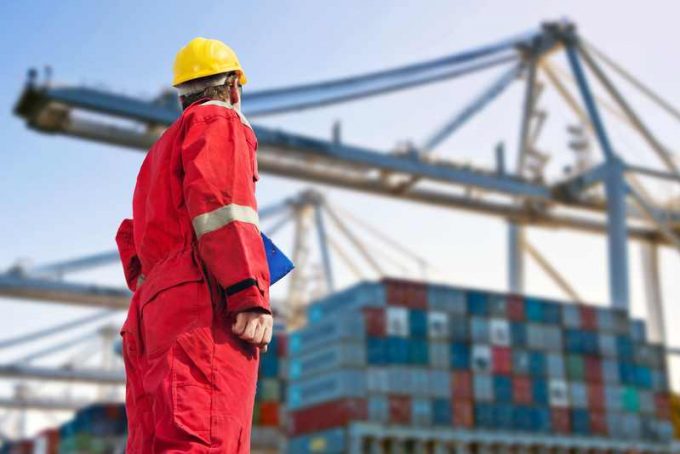Tradelanes: Overcapacity on Asia-S America impacting alliances and rates
Carriers on the Asia-west coast South America trade appear to be on the verge of ...

Asia-North Europe ocean carriers are looking to hike container shipping rates by up to $500 per teu from 1 July, as space availability begins to tighten with the start of the peak season.
Carriers appear to be adopting a “shock and awe” tactic of a substantial FAK increase rather than ...

Comment on this article
Andreas Kout
June 22, 2018 at 4:48 pmHello. Keeping Mr.Trump in mind and his decisions who do have always short term an immediate heavy impact on cargo flows, we as senior advisors would strongly recommend to transport players building up extra space on air+coean including freight forwarders for instance through dedicated charters to put some speed out of their commitments in order to avoid that from latest September 2018 on rates achievable on air+ocean on the transpacific etc do have only one tendency downturn which will heavily influence their 2018 bottom lines.We predict that
2018 in particular the 4. quartal will not be the money making machine as it was in 2017.
kindest regards
A.Kout
Team Akclimited+AKC Consulants Pte Ltd.
Stephen Kum
June 24, 2018 at 10:42 amVery informative and useful to all shipping service users, providers and statutory organizations.